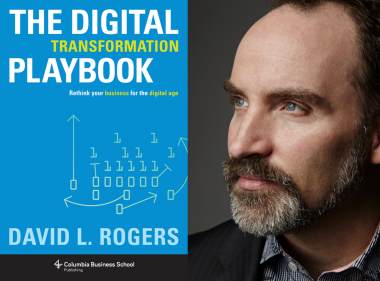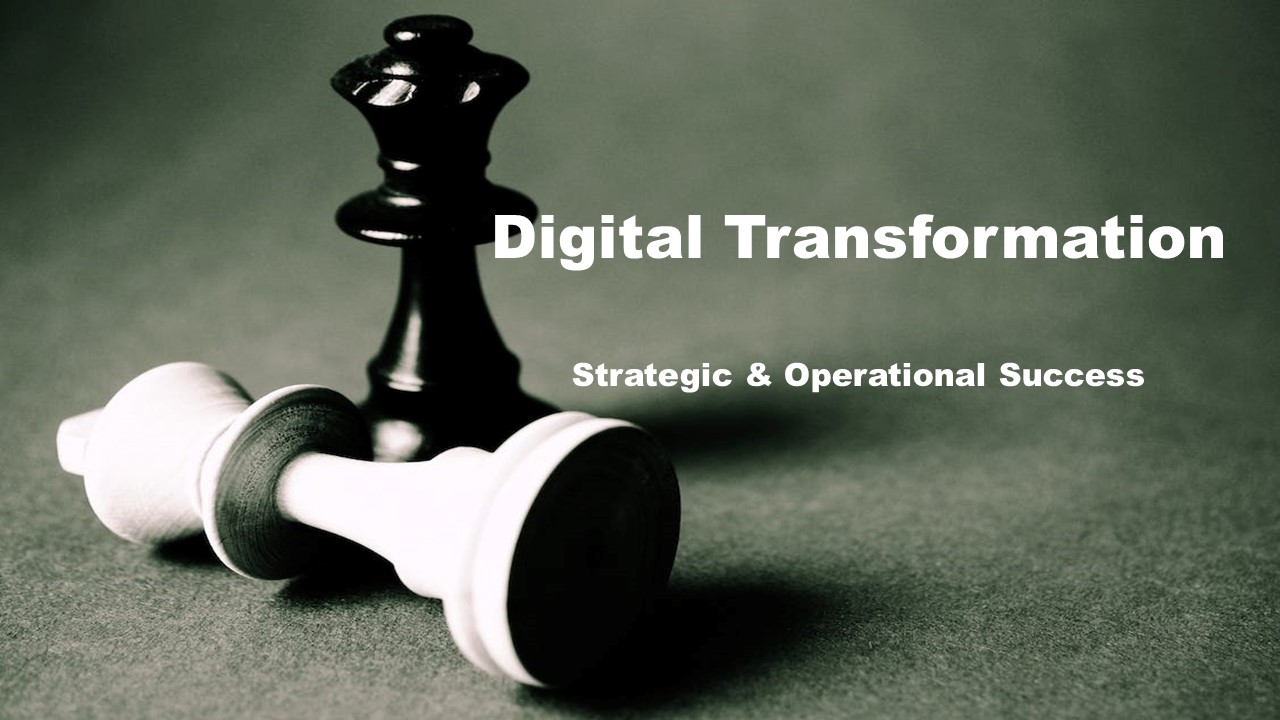A Playbook for Managing Digital Transformation

Digital Disruption
Digital disruption and digital transformation are revolutionizing the manufacturing landscape, bringing significant changes and opportunities. Digital disruption refers to the rapid changes and innovations brought about by emerging technologies, while digital transformation refers to the integration of these technologies into the core processes and operations of manufacturing.
Advancements such as the Internet of Things (IoT), artificial intelligence (AI), big data analytics, and automation are reshaping manufacturing practices. Smart factories equipped with IoT sensors and connected devices enable real-time monitoring, predictive maintenance, and improved efficiency. AI and machine learning algorithms optimize production processes, enhance quality control, and enable predictive analytics for demand forecasting.
Moreover, the use of big data analytics allows manufacturers to gather insights from vast amounts of data, leading to informed decision-making and agile production strategies. Automation and robotics streamline operations, improve productivity, and enhance worker safety.
Overall, digital disruption and digital transformation are driving innovation, efficiency, and competitiveness in the manufacturing sector. Manufacturers who embrace these changes can leverage the benefits of increased productivity, reduced costs, enhanced product customization, and improved customer satisfaction, positioning themselves for success in the evolving market landscape.
The Digital Transformation Playbook
David Rogers' book, "The Digital Transformation Playbook," provides valuable insights into the key points of digital transformation. The key takeaways include:
- Customer-Centric Approach: Successful digital transformation requires putting the customer at the center of the strategy, understanding their needs, and designing experiences that meet their expectations.
- Business Model Innovation: Digital transformation involves rethinking and innovating business models to leverage digital technologies, enabling new revenue streams, and creating value for customers.
- Data-Driven Decision Making: Leveraging data and analytics is crucial for making informed decisions, understanding customer behavior, and optimizing operations.
- Continuous Experimentation: Embracing a culture of experimentation and agility is vital to adapt to the rapidly changing digital landscape and drive innovation.
- Ecosystem Collaboration: Collaboration with partners, startups, and even competitors is important to leverage expertise, access new technologies, and create synergies for growth.
- Organizational Adaptation: Digital transformation requires fostering a culture of change, empowering employees, and developing digital skills to enable the organization to evolve and thrive.

5 Domains of Digital Transformation
Rogers' framework of the "5 Domains of Digital Transformation" provides key insights into the essential areas to consider for successful digital transformation, the key points include:
- Customers: Putting customers at the core of digital transformation by understanding their needs, behaviors, and preferences. It involves creating personalized experiences, engaging with customers across digital channels, and leveraging data to drive customer-centric strategies.
- Competition: Recognizing the impact of digital disruption on traditional business models and understanding the competitive landscape. It involves assessing digital competitors, identifying new entrants, and adapting business models to stay relevant and competitive.
- Data: Emphasizing the value of data as a strategic asset for decision-making and innovation. It involves collecting, analyzing, and leveraging data to gain insights, enhance operational efficiency, and deliver personalized experiences.
- Innovation: Encouraging a culture of innovation by embracing digital technologies and fostering experimentation. It involves exploring new business models, partnerships, and disruptive technologies to drive growth and stay ahead of the curve.
- Value: Delivering value through digital transformation by creating new revenue streams, enhancing customer experiences, and optimizing operations. It involves aligning digital initiatives with business goals, measuring value creation, and continuously iterating to improve outcomes.

Check out David Rogers discussing his Digital Transformation Playbook
Navigating digital disruption can be challenging as it requires businesses to keep up with rapid technological advancements, adapt to new business models, and ensure the seamless integration of digital solutions to stay relevant and competitive in the ever-evolving digital landscape. Rogers has given us his playbook to manage your transformation and he identified 5 key domains to manage.



